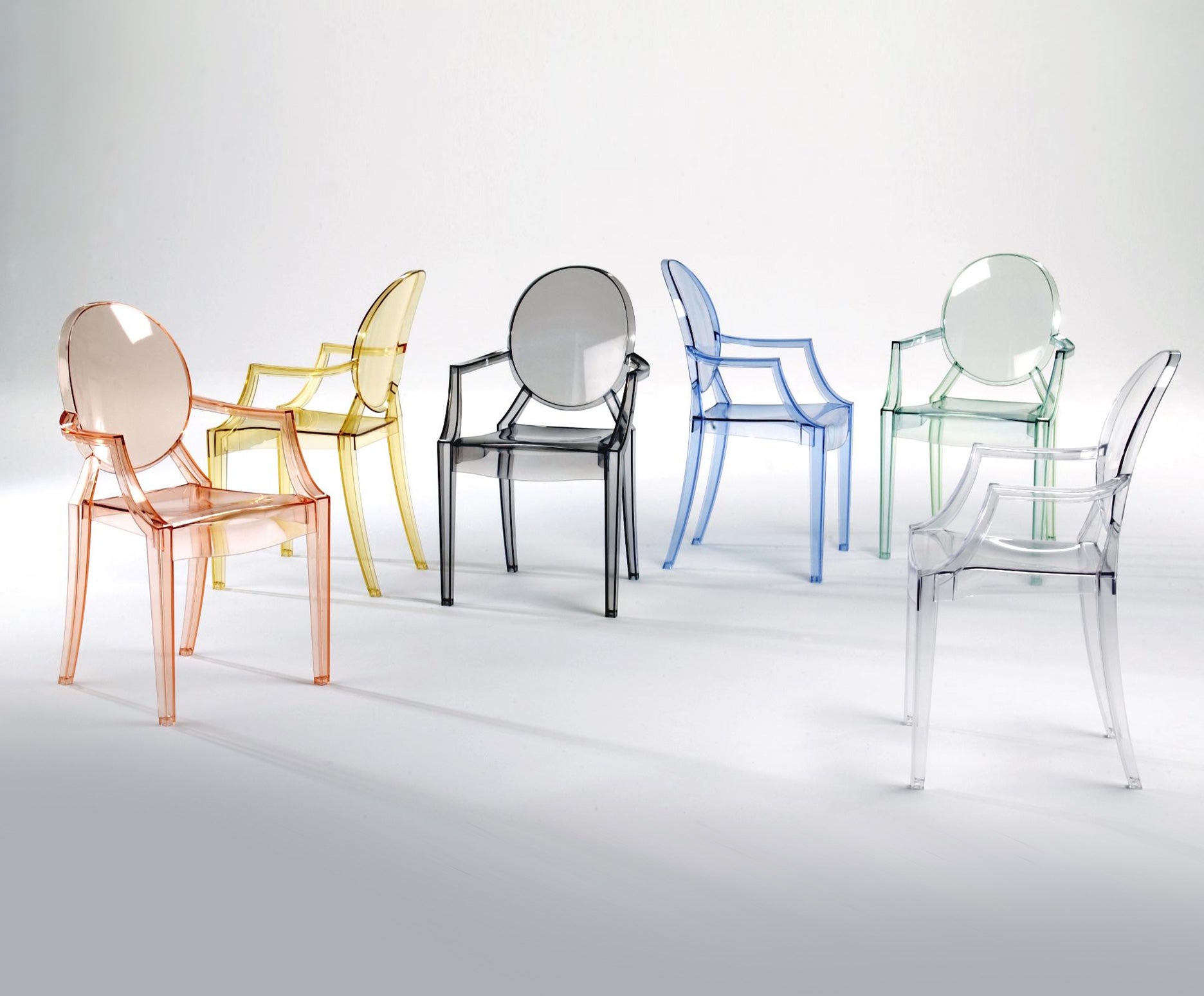Functionality and Comfort of the Ghost Chair: Philippe Starck Ghost Chair Review

The Philippe Starck Ghost chair, with its iconic transparent design, presents a unique blend of aesthetics and functionality. However, its comfort and suitability for various users depend on several factors, including the chair’s ergonomics and the user’s individual needs and preferences. Let’s delve into a closer examination of these aspects.
Philippe starck ghost chair review – The Ghost chair’s design, while visually striking, presents some ergonomic challenges. Its simplistic form lacks substantial back support, and the relatively flat seat offers limited lumbar support. This means prolonged sitting can lead to discomfort for some users, particularly those with back problems or those who need more postural support.
Seating Posture and Back Support, Philippe starck ghost chair review
The Ghost chair’s lack of significant back support necessitates good posture from the user to maintain comfort. Slouching is likely to cause discomfort, particularly in the lower back. While the chair’s transparency and lightness encourage a more conscious and upright posture in some users, others may find themselves instinctively leaning against something else for support. The chair’s smooth, curved seat, while aesthetically pleasing, doesn’t actively encourage a particular posture; it’s more about the user actively maintaining good posture.
Comfort Comparison with Other Materials
The comfort of the Ghost chair differs significantly from chairs made of wood or metal.
Here’s a comparison:
- Ghost Chair (Polycarbonate): Offers a cool, smooth surface. However, the lack of cushioning and back support can lead to discomfort during prolonged use. The material itself is hard and unforgiving.
- Wooden Chairs: Typically provide more warmth and can offer better back support depending on the design. However, wooden chairs can be less comfortable in hot climates and might feel harder than cushioned chairs.
- Metal Chairs: Often offer a sturdy frame but can be cold and uncomfortable without padding. Metal chairs, like the Ghost chair, tend to lack the inherent comfort of padded seating.
Target User Groups
The Ghost chair’s design and functionality primarily cater to specific user groups. Its aesthetic appeal makes it suitable for:
- Interior designers and those seeking a statement piece: The chair’s unique design adds a touch of modern elegance to any space.
- People who prioritize aesthetics over prolonged comfort: The chair is perfect for short-term seating in stylish settings, such as dining rooms or waiting areas.
- Users with a minimalist design preference: Its clean lines and transparent form perfectly fit minimalist interior designs.
Limitations of the Chair
The Ghost chair’s design presents certain limitations, particularly regarding long-term use and diverse body types.
- Prolonged Sitting: The lack of cushioning and back support makes it unsuitable for extended periods of sitting. Users might experience back pain or discomfort after a while.
- Body Type Considerations: The chair’s design may not be equally comfortable for all body types. Individuals with larger builds might find the seat too small or the lack of back support particularly problematic. Conversely, smaller individuals might find the seat too large and feel unstable.
- Durability Concerns: While polycarbonate is generally durable, the chair’s thin design might make it more susceptible to damage compared to chairs with more substantial frames.
